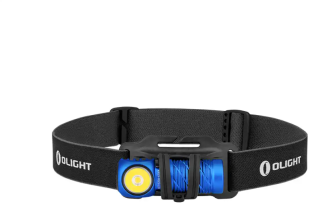One of the most important aspects of website SEO is the page load time. It determines the performance of your site.
A major part of your site’s success depends on this factor. So unless you understand how this metric works, it will be difficult for you to improve it. By optimising your page load time, you can improve visitor engagement and thus, reduce your bounce rate.
A website optimised for speed not only provides an enhanced user experience but also ranks higher in search results. If you are wondering how to improve your site’s page load time, we have got some great tips for you.
Here are some pro tips for you:
-
Select a performance-based hosting solution
In case, you didn’t know the hosting provider plays an important role in your site’s performance and management. It also impacts the page load time of your site. Instead of choosing a cheap hosting provider, you should opt for a performance-based hosting provider. A top-rated hosting solution will provide a powerful platform for fast loading speeds. Also, you should avoid choosing shared hosting, so that you don’t need to share the resources with other sites.
-
Cache your web pages
This is another effective way to optimise the page load time of your website. Caching stores copies of your website files. By caching your site you can help web pages with lowering TTFB (Time to First Byte) so that the server requires fewer resources while loading a page. The good thing is that there are different ways to cache your web pages. You can either use a caching plugin or cache at the server level.
-
Compress your images
Yes, compressing the images on your site can also improve the page load times. Images are used on websites to make them look visually appealing and to improve the quality of your content. But if you have too many large images, it can reduce the load time of your site. If that is the case, then you should compress and optimise the images to increase the page loading speeds. Compressing images is like reducing their weight, so your site can load faster.
-
Make use of a CDN
Another way to boost your site’s page loading time is by reducing the distance travelled by information between the server and the end-user. In this case, you will need a CDN or Content Delivery Network. It is a geographically distributed set of servers that work together to deliver content more quickly. It doesn’t matter whether your site is JavaScript, HTML, videos, or images, you can use a CDN to increase the website loading speed.
-
Reduce the number of HTTP requests
This is another very effective way to improve your site’s page load time. All you have to do is reduce the number of HTTP requests and you are good to go. When you get a visitor on your site, the browser prompts the server, requesting the files that make the content for a page. The server responds with the files, and then it is rendered on the web page by the browser. For every single file, the browser creates a separate HTTP request. The more the files, the more HTTP requests. This in turn affects the page load times of a site. So if you reduce the number of HTTP requests, your site will load faster.
By increasing your site’s loading speed you can push it higher in rankings on the search results page. This way you can make your site more visible to visitors and thus, get more traffic on your site.














